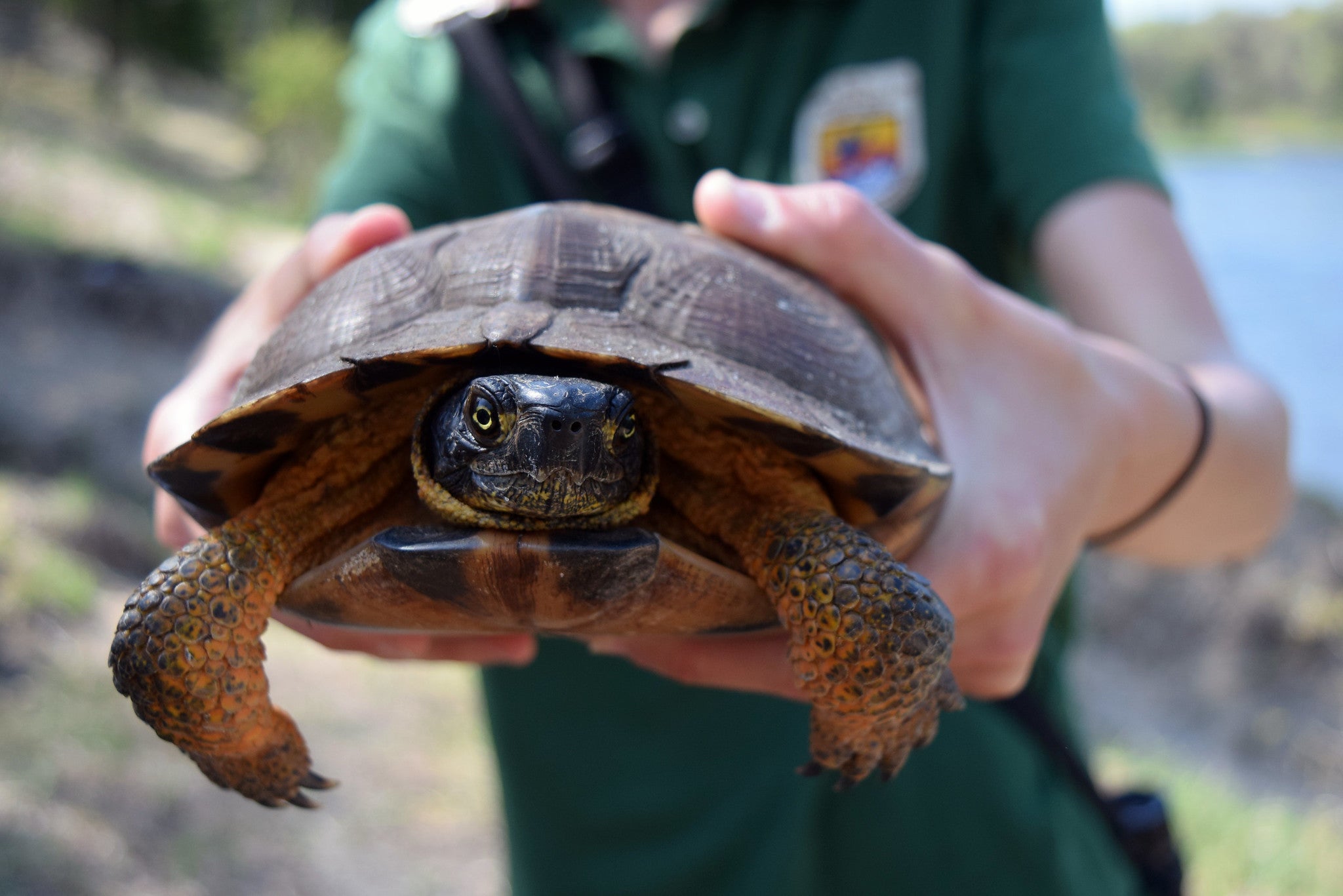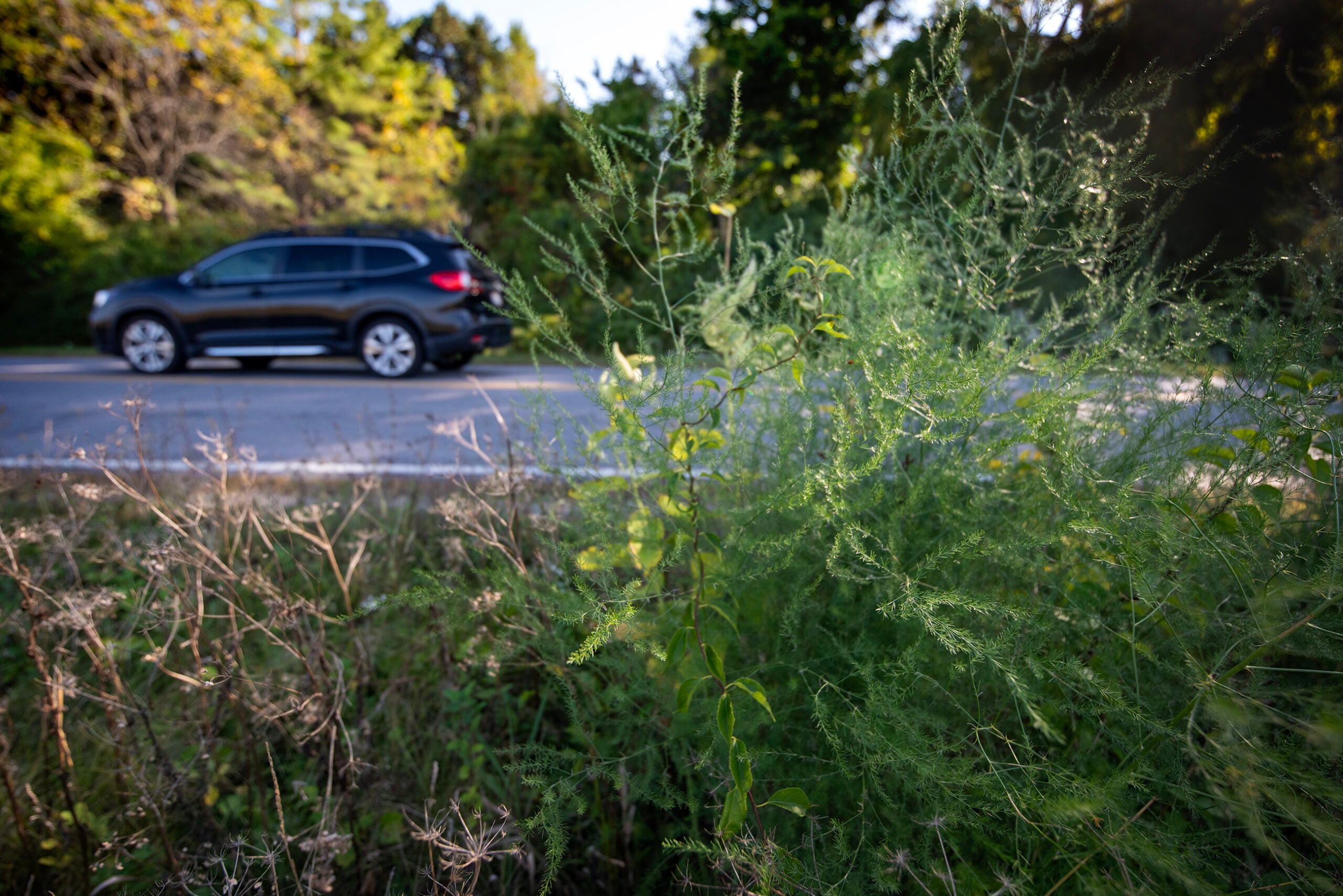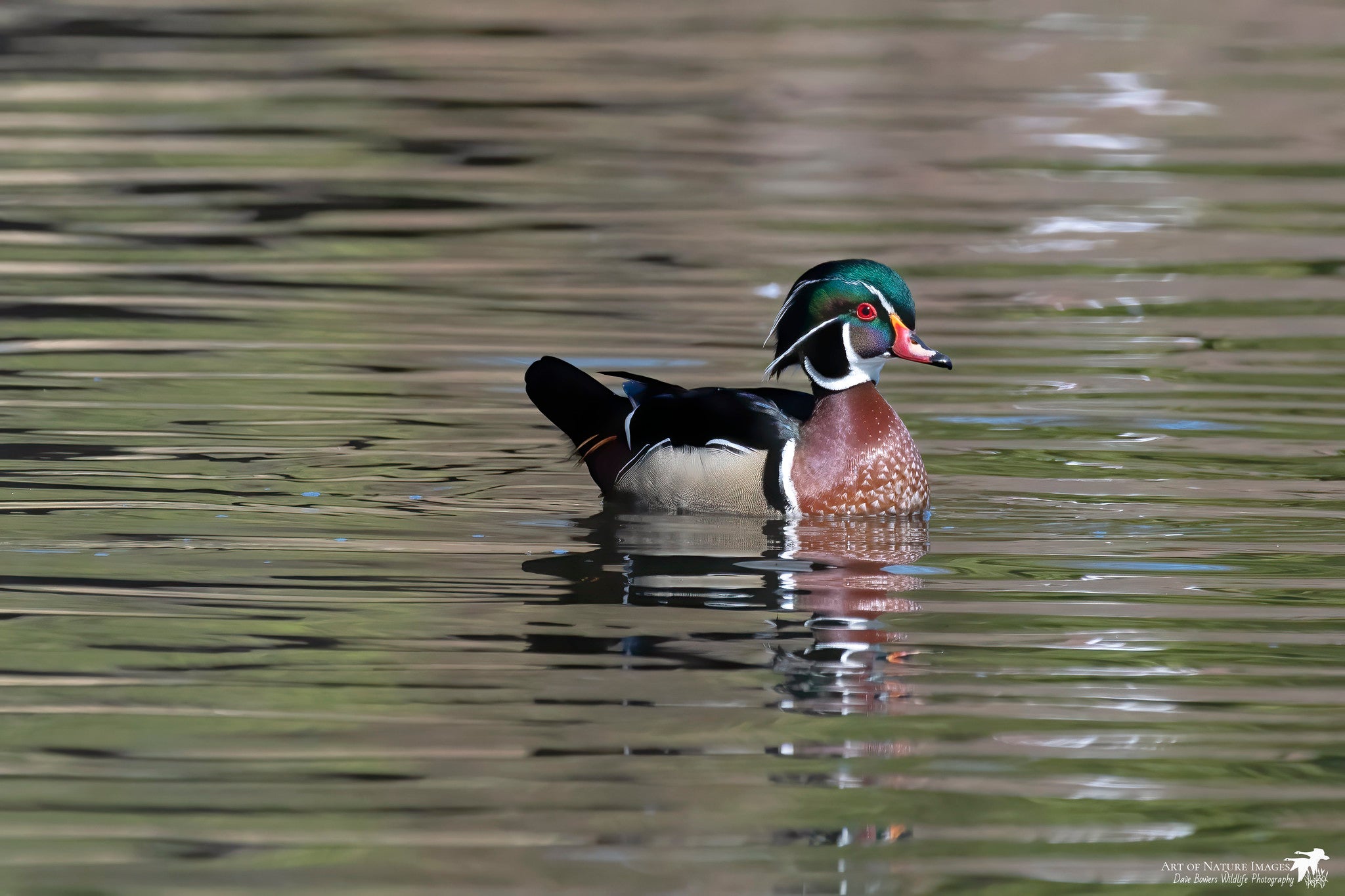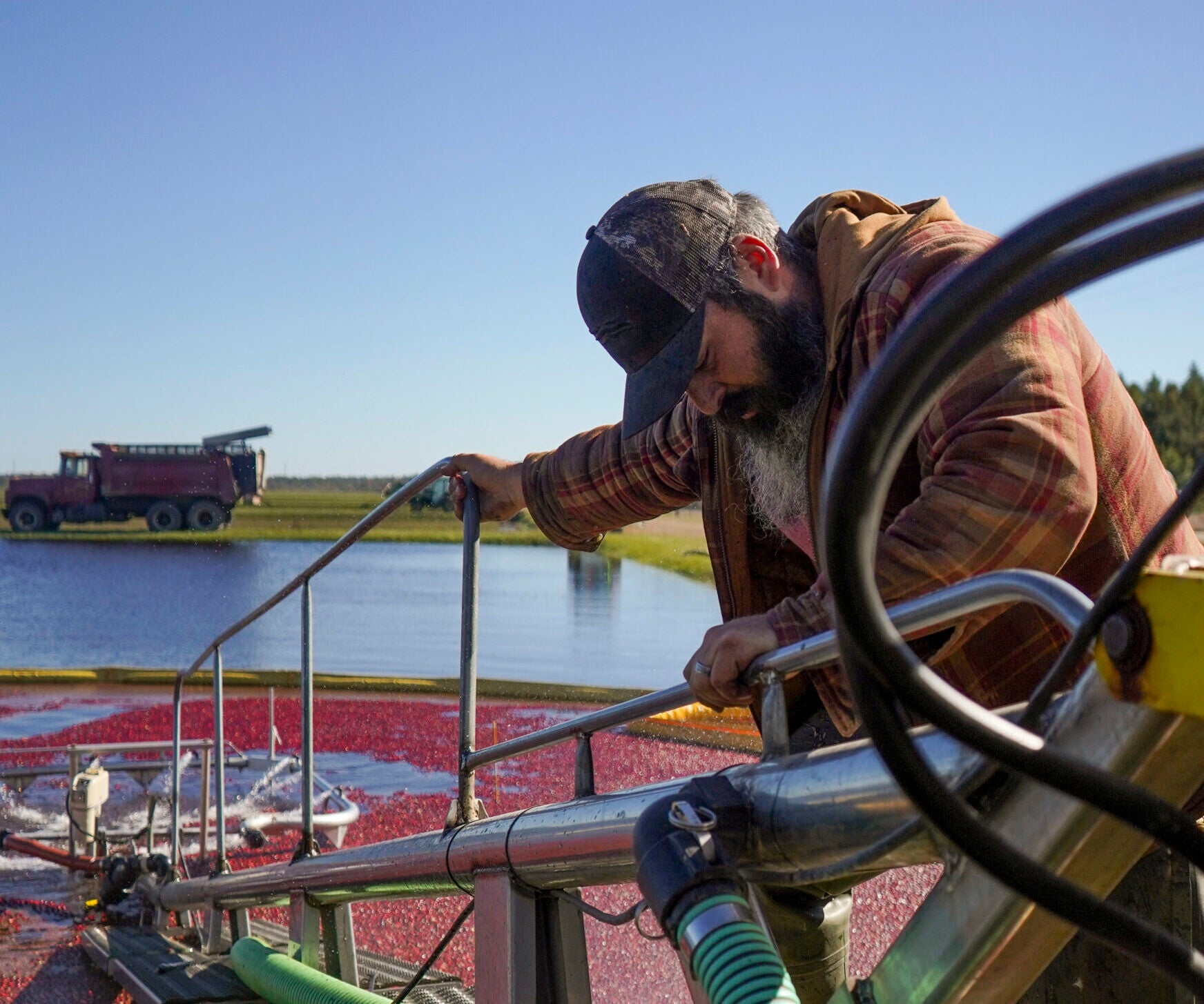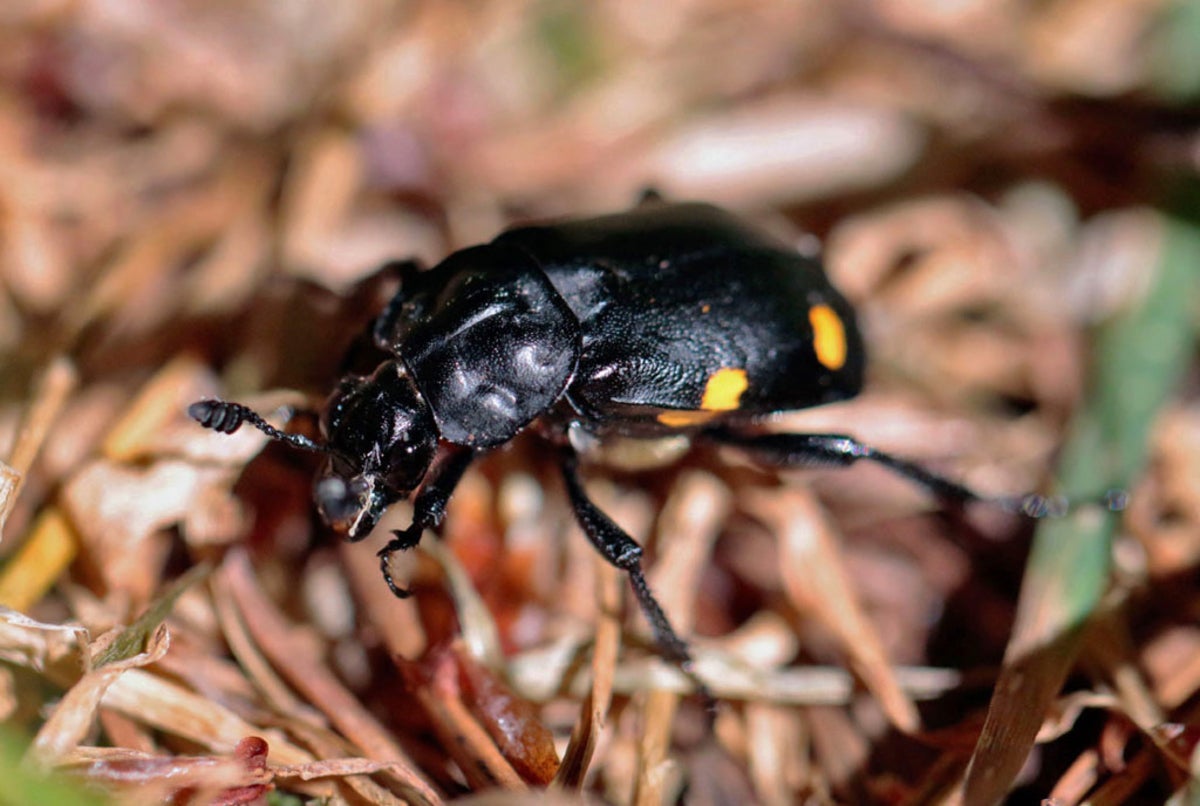With road mortality a leading cause of death for turtles in Wisconsin, the state Department of Natural Resources is urging the public to keep an eye out for the animals crossing the road this summer.
Wisconsin is home to 11 native turtle species, according to DNR Conservation Biologist Andrew Badje. He said the agency is primarily focused on three of the rarest species in the state: the Ornate Box Turtle, Wood Turtle and Blanding’s Turtle — all three of which are endangered, threatened or a species of special concern.
Badje said many roads bisect wetlands and rivers in nearby uplands — areas female turtles consider quality nesting habitat. He’s most concerned about the decline in female turtles across the state.
News with a little more humanity
WPR’s “Wisconsin Today” newsletter keeps you connected to the state you love without feeling overwhelmed. No paywall. No agenda. No corporate filter.
“If you take even one female turtle out per year, populations can suffer quite a bit,” he said. “You only need a handful of males in a population to help reproduce with the available females.”
According to the DNR, wood turtles do not reach sexual maturity until they’re between 12 and 20 years old. For Blanding’s turtles, it’s 17 to 20 years — the slowest maturation rate of any Wisconsin turtle. It takes between seven and 12 years for ornate box turtles to reproduce.
“They usually say a turtle needs to live anywhere from like 30 to 50 years to replace itself in the wild, depending on how successful it is laying eggs,” Badje said.
As they peek out of rivers, lakes and wetlands, female turtles begin laying eggs from late May through June in sunny areas and well-draining uplands, according to the DNR.
The state agency warned that in addition to road mortality, others get collected as part of an illegal turtle trade.
“We don’t truly know how much illegal collection and poaching and harvesting is playing a part in making populations decline,” Badje said while encouraging the public to contact the conservation warden to look into suspected illegal activity.
“What we’re trying to steer people toward is to keep wild turtles wild,” he said.
Like many species, turtles have seen widespread habitat loss and degradation, leading to lower population numbers. Badje also pointed to habitat fragmentation and construction along wetlands as driving their decline.
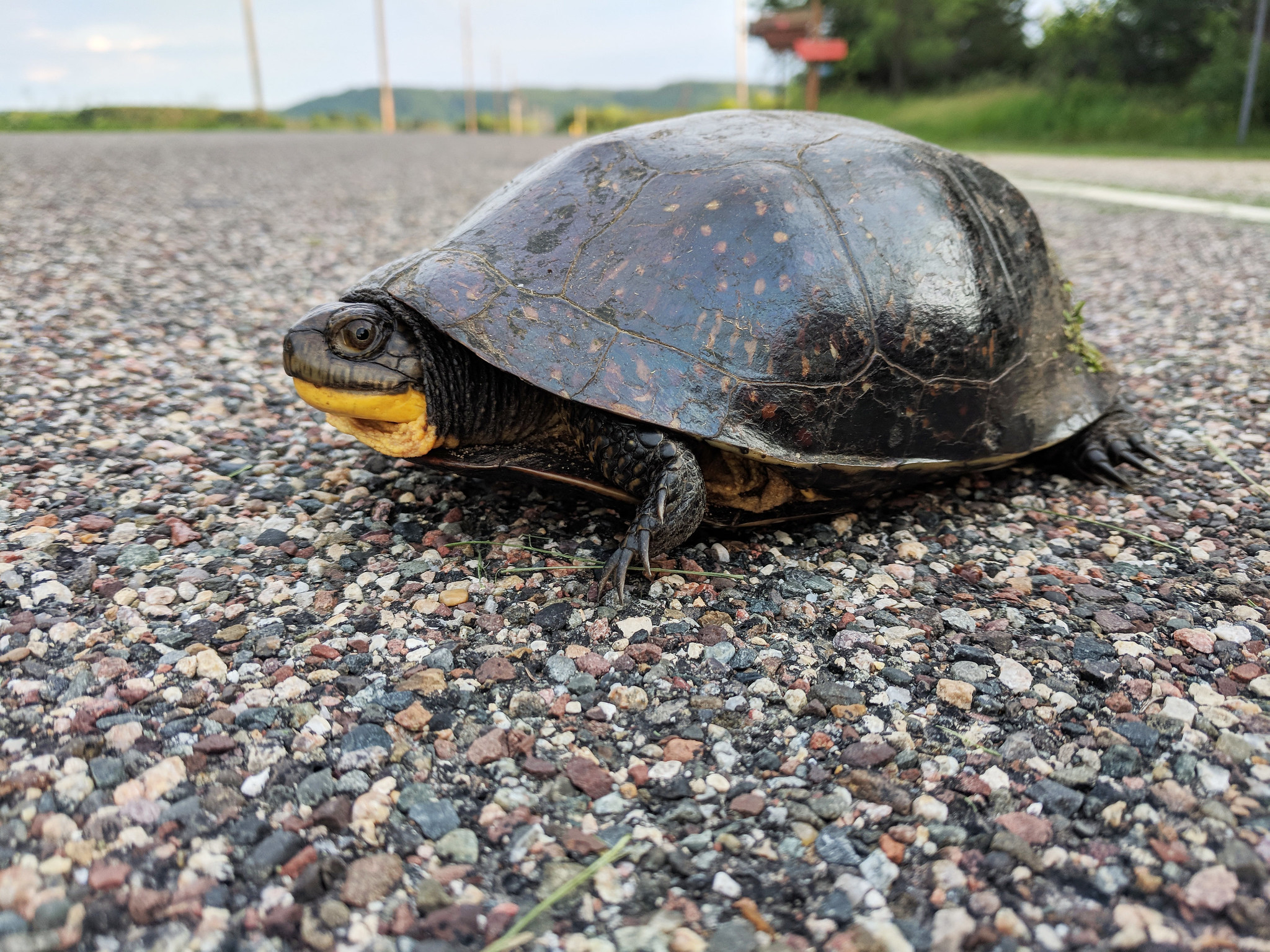
What should you do if you see a turtle on the road?
If you do encounter a turtle on the road, Badje said to first obey the rules of the road: avoid slamming on your brakes and keep your hazard lights on when you get out of the car. If you want to help, move the turtle in the direction on the side of the road it’s facing to help them get to their destination.
“If you put it on the wrong side of the road, it might just end up crossing anyway, and then you really didn’t help out much,” he said.
There’s also a DNR citizen science data project called the Wisconsin Turtle Conservation Program for people to report turtle sightings and submit photos. Since the program began, more than 7,500 reports have been made — with about half being confirmed turtle crossings. Badje said the effort helps the agency better understand turtle health and distribution across the state. It also helps officials learn more about turtle road crossing hotspots.
But Badje urged people to be cautious when they spot bigger, more aggressive reptiles like snapping turtles.
Badje said it’s important that people understand how their actions could help or hurt the turtle species.
“They’re a part of our natural heritage in Wisconsin and throughout the rest of the world,” he said.
Wisconsin Public Radio, © Copyright 2026, Board of Regents of the University of Wisconsin System and Wisconsin Educational Communications Board.
